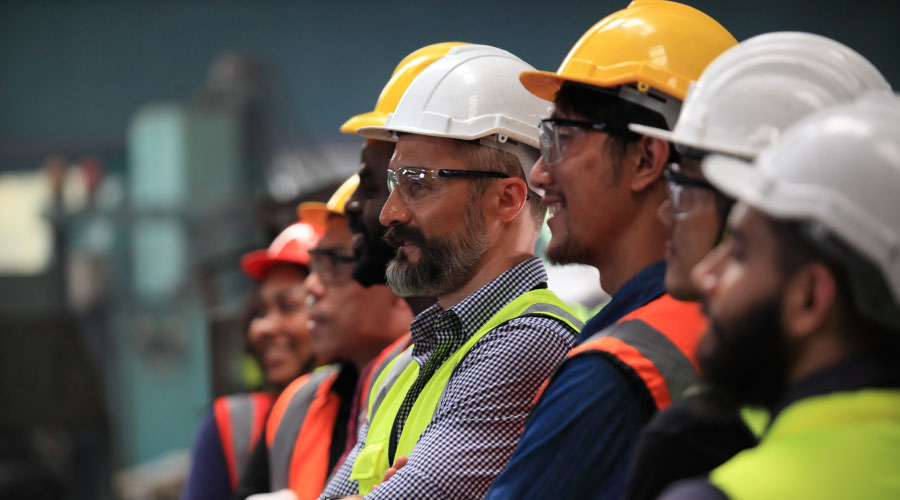Understanding New Features and Functions of Light-Construction Equipment
Selecting the most appropriate light-construction equipment also involves understanding the available features and functions that each different model offers. For example, a skid loader, also called skid-steer loader or skid steer, is a versatile, powered, four-wheel material handler on a small, rigid frame with dual lift arms that are mounted on the sides of the chassis.
The skid loader can adapt to hold a variety of labor-saving attachments. Examples of labor-saving attachments that mount on the lift arms are: buckets for dirt, gravel, mulch, fertilizer, and snow; forks for transporting bales or skids of stone, bricks, and pavers; concrete breakers; post-hole augers; tree spades; sod layers; and paving tools, such as spreaders and scarifiers.
The wheels on the same side of the loader are mechanically locked in pairs, so turning occurs by operating the wheel pairs at different speeds. Maneuverable in tight places, the skid loader turns in a zero-degree radius by spinning or dragging the wheel pair on one side over the ground while turning the other pair.
Track loaders offer many of the same advantages of multiple attachments as skid steer loaders, but tracks, not wheels, propel it. It can maneuver over turf, sand, gravel or loose dirt, snow or ice. Additional labor- and cost-saving attachments used with track loaders include: brush-clearing saws; bucket loaders; concrete mixers; dozer blades; landscape rakes; push or angle brooms; seeders; and stump grinders.
If a landscaping project requires crews to relocate trees, one effective tool is a tree-spade attachment. The operator controls it from a video display screen in the cab. The attachment inserts multiple blades around and under the tree root ball, separates the root ball from the soil, lifts and transports the tree to the new location with the root ball attached, and plants it.
A backhoe loader is a four-wheel loader with a bucket on one end and a backhoe for excavating and trenching on the other. With this arrangement, the operator can alternate between attachments by swiveling the seat 180 degrees, losing no time to change attachments.
Landscape renovation projects also might call for adding rock, stone, and wood to certain areas for both utilitarian and decorative purposes.
Examples of such materials include travertine, paver brick, and flagstone for sidewalks or driveways; stone walls and steps; and masonry edging.
The equipment crews need for these projects often include: chop saws with diamond blades for cutting masonry and high-speed steel blades for cutting wood; tampers for tamping rock bases; excavators and bucket loaders for digging and hauling material; and augers for digging post holes for fences, porches, and decks.
Related Topics:













